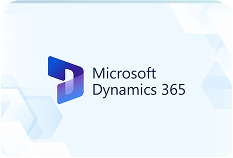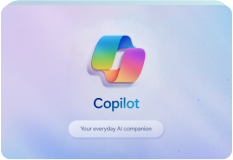Table of Contents
Introduction
With the release of .NET 8, Microsoft has introduced powerful new features and enhancements that make it an excellent choice for developing AI applications. Whether you are a seasoned developer or just starting with AI, .NET 8 provides a robust framework and tools to streamline your development process. In this article, we’ll explore some quickstart tutorials to help you dive into .NET 8 and AI.
Prerequisites
Before diving into the tutorials, ensure you have the following prerequisites installed:
- .NET 8 SDK: Download and install the .NET 8 SDK from dotnet.microsoft.com.
- Visual Studio or Visual Studio Code: Choose your preferred IDE. Visual Studio provides a rich integrated environment, while Visual Studio Code offers lightweight flexibility.
Tutorial 1: Setting Up Your .NET 8 Environment
1. Create a New Project:
- Open your IDE (Visual Studio or Visual Studio Code).
- Create a new .NET 8 project:
dotnet new console -n MyAIProject
- This command creates a new console application named MyAIProject.
2. Install Required Packages:
- Navigate to your project directory and install the required AI packages:
dotnet add package Microsoft.ML
- This package includes the necessary libraries for machine learning in .NET.
Tutorial 2: Building Your First AI Model
1. Import Necessary Libraries:
- Open your Program.cs file.
- Add the following using the statement at the top:
using Microsoft.ML;
2. Define Your Model:
- Add code to define and train your model. For example:
// Define your data model
public class SampleData
{
public float Feature1 { get; set; }
public float Feature2 { get; set; }
public float Label { get; set; }
}
// Load data
var data = new List<SampleData>
{
new SampleData { Feature1 = 0.2f, Feature2 = 0.5f, Label = 1.0f },
new SampleData { Feature1 = 0.4f, Feature2 = 0.7f, Label = 1.0f },
// Add more data…
};
// Create a learning pipeline
var pipeline = mlContext.Transforms.Concatenate(“Features”, “Feature1”, “Feature2”)
.Append(mlContext.BinaryClassification.Trainers.LbfgsLogisticRegression());
// Train your model
var model = pipeline.Fit(mlContext.Data.LoadFromEnumerable(data));
3. Evaluate and Use Your Model:
- Add code to evaluate and use your trained model for predictions.
Tutorial 3: Integrating AI into Your Application
1. Build a Prediction Engine:
- Modify your Program.cs to include a prediction engine:
// Create a prediction engine
var predictionEngine = mlContext.Model.CreatePredictionEngine<SampleData, Prediction>(model);
// Make predictions
var prediction = predictionEngine.Predict(new SampleData { Feature1 = 0.1f, Feature2 = 0.3f });
Console.WriteLine($”Prediction: {prediction.PredictedLabel}”);
2. Run Your Application:
- Build and run your application to see the AI model in action:
dotnet run
Conclusion
In this article, we’ve covered the basics of getting started with ASP NET 8 and AI through quickstart tutorials. From setting up your development environment to building and integrating your first AI model, .NET 8 offers a seamless experience for AI development. As you continue your journey, explore additional features and libraries available in .NET 8 to enhance your AI applications further.
Connect with us to start building intelligent applications with .NET 8 today and unleash the power of AI in your projects!






















